
The picture people used to have of doctors, not terribly long ago, was of people who had spent endless years getting a specialized education, made a great deal of money, and took every Wednesday off. Whether or not there is still truth to that image, the lives of doctors have certainly become more grueling with the advent of the pandemic. Not surprisingly, emergency medicine is the field in which most doctors are likely to burn out.
COVID-19 has not only increased stress levels on doctors but has also robbed thousands of of their practices. A national Physicians Foundation survey conducted in July 2020 – in the early days of the pandemic – found that some 16,000 practices had already closed due to dramatic drops in income. Many of these practices worked in specialties supported by elective surgery and in-person visits, both of which all but disappeared as patients stayed home out of caution or fear. Without rainy day funds to bridge them over these months, many doctors found the cost of maintaining their practice to be overwhelming. (COVID may or may not have been a problem for the highest paid doctors in America.)
The lives of other kinds of doctors became challenging as they treated tens of thousands of people in hospitals, particularly in cities where the pandemic caused a huge influx of extremely sick patients, some of whom died. Some of these physicians worked endless hours. Others became infected themselves.
“Burnout” is defined as a condition in which people become so ill or exhausted from their work that they cannot function. Medscape, a site offering information and continuing education to medical professionals, recently released its 2022 Physician Burnout and Depression report. The study surveyed 13,000 doctors in 29 specialties between June 29 and Sept. 26, 2021. The results, as reported by Becker’s Hospital Review, revealed that “Across all specialties, 47 percent reported feeling burned out last year.” (These are the 16 states where hospitals are experiencing the worst workforce shortages.)
Click here to see the doctors most likely to burn out
The list was topped, not surprisingly, by emergency room doctors at 60%, followed by critical care doctors at 56%. Each of these specialties had many doctors on the front lines of treating patients with COVID-19 infections. At the far end of the list, public health and preventative medicine doctors posted a figure of 26%.

29. Preventive medicine physician
> Burnout rate: 26%
[in-text-ad]

28. Dermatologist
> Burnout rate: 33%
27. Pathologist
> Burnout rate: 35%

26. Oncologist
> Burnout rate: 36%
[in-text-ad-2]
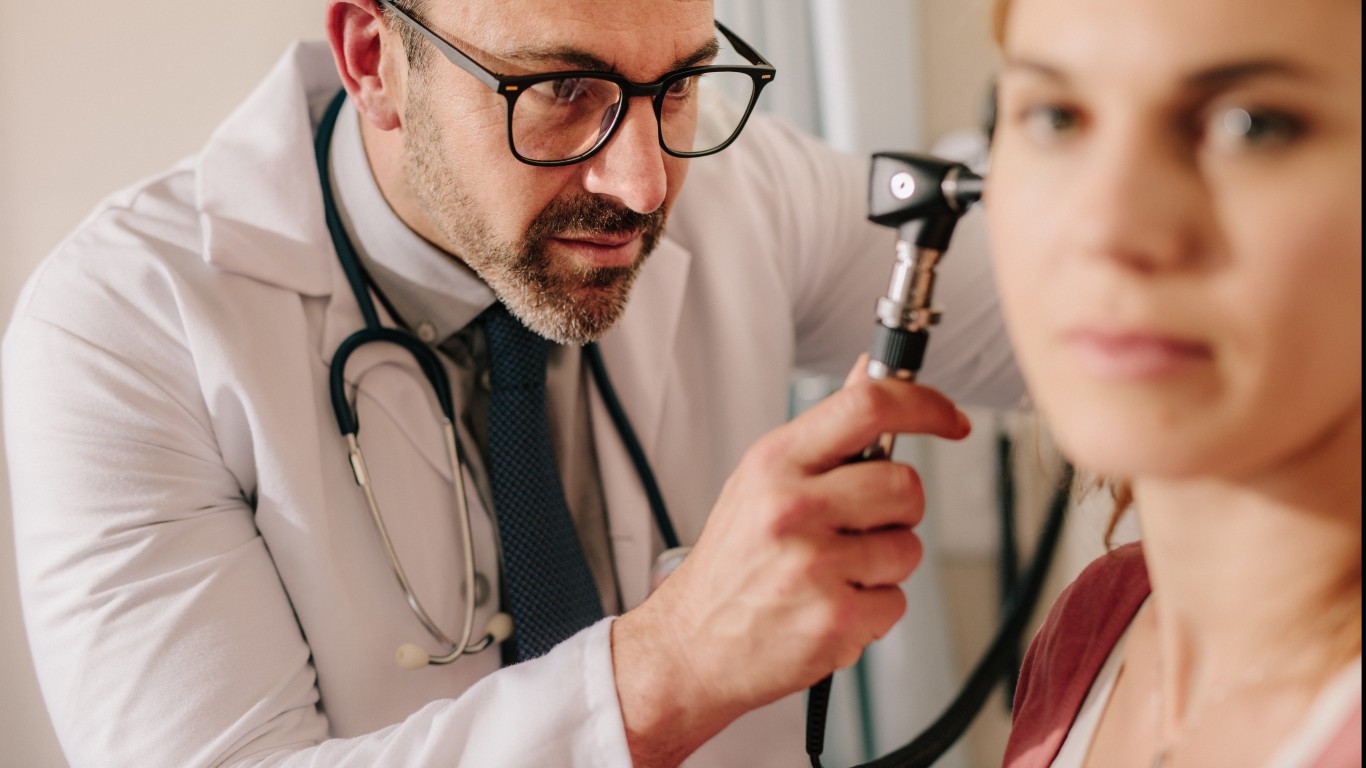
25. Otolaryngologist
> Burnout rate: 37%

24. Orthopedist
> Burnout rate: 37%
[in-text-ad]

23. Psychiatrist
> Burnout rate: 38%
22. Nephrologist
> Burnout rate: 40%
21. Plastic Surgeon
> Burnout rate: 40%
[in-text-ad-2]
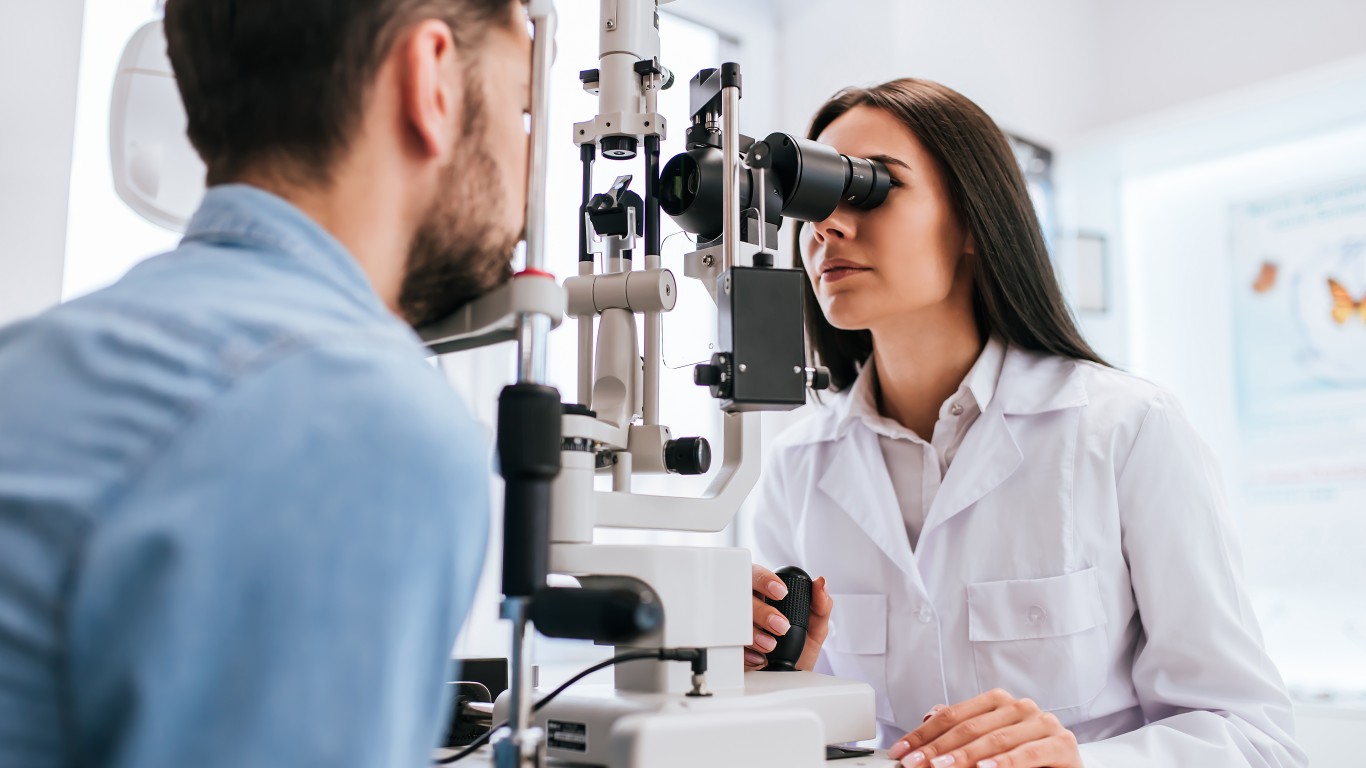
20. Ophthalmologist
> Burnout rate: 40%

19. Cardiologist
> Burnout rate: 42%
[in-text-ad]

18. Immunologist
> Burnout rate: 42%

17. Surgeon
> Burnout rate: 44%
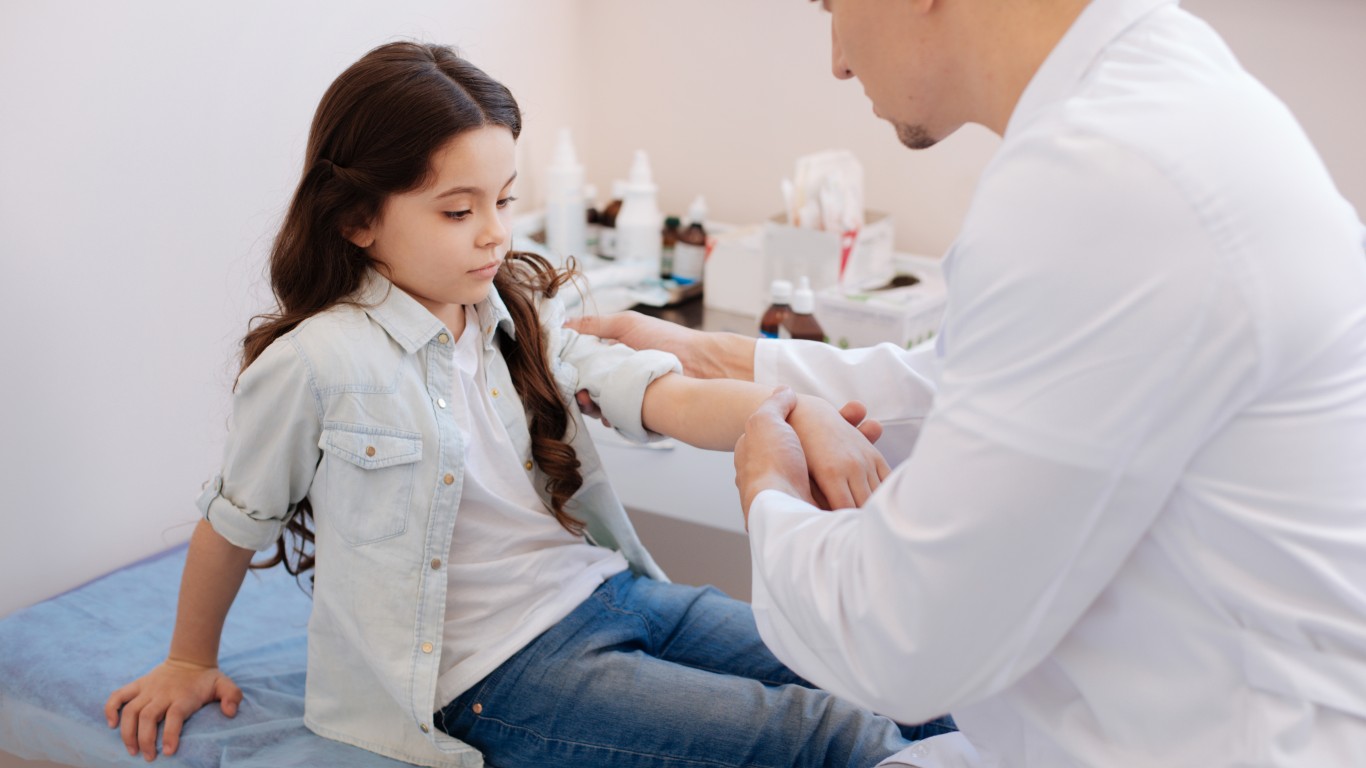
16. Rheumatologist
> Burnout rate: 46%
[in-text-ad-2]

15. Neurologist
> Burnout rate: 46%

14. Anesthesiologist
> Burnout rate: 47%
[in-text-ad]

13. Pulmonalogist
> Burnout rate: 48%

12. Gastroenterologist
> Burnout rate: 48%

11. Internist
> Burnout rate: 48%
[in-text-ad-2]

10. Urologist
> Burnout rate: 48%

9. Radiologist
> Burnout rate: 49%
[in-text-ad]
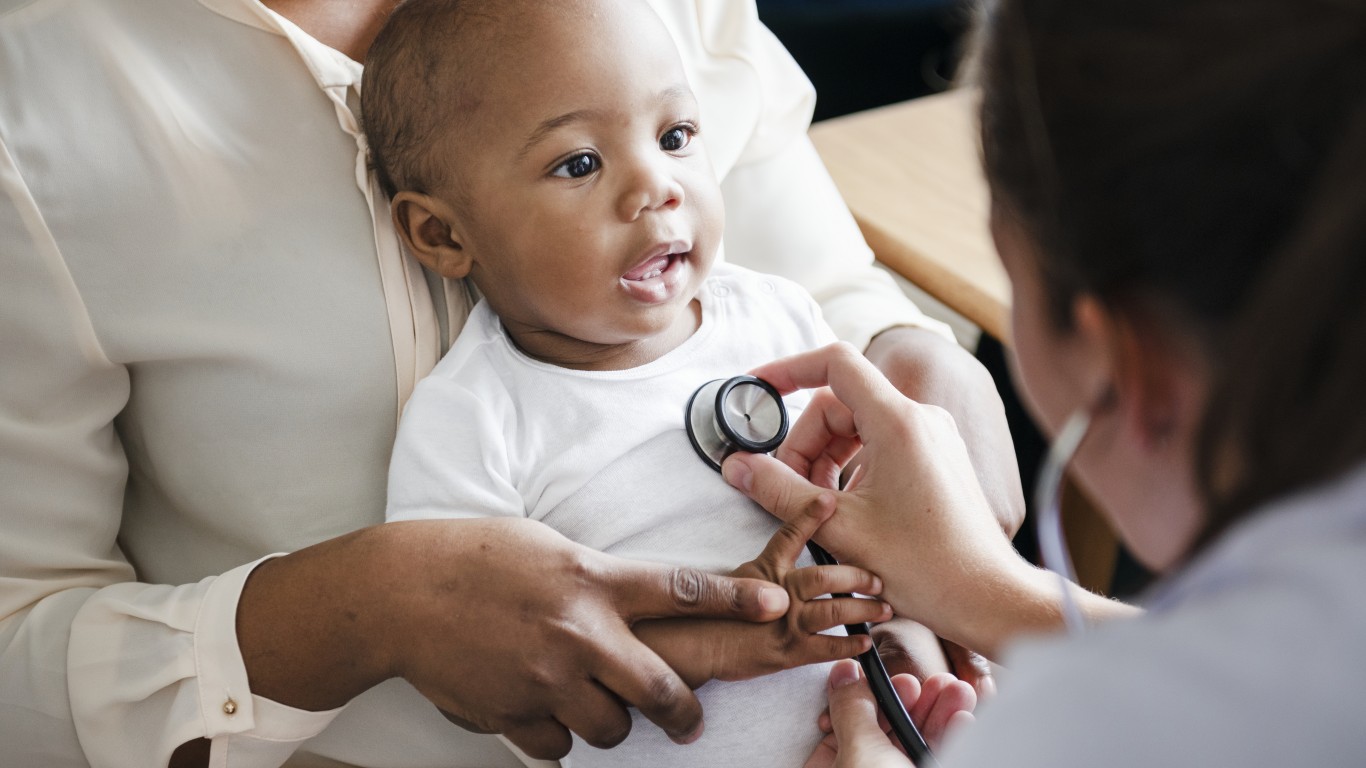
8. Pediatrician
> Burnout rate: 49%

7. Physiatrist
> Burnout rate: 50%

6. Endocrinologist
> Burnout rate: 50%
[in-text-ad-2]

5. Infectious disease doctor
> Burnout rate: 51%

4. Family physician
> Burnout rate: 51%
[in-text-ad]

3. OB/GYN
> Burnout rate: 53%
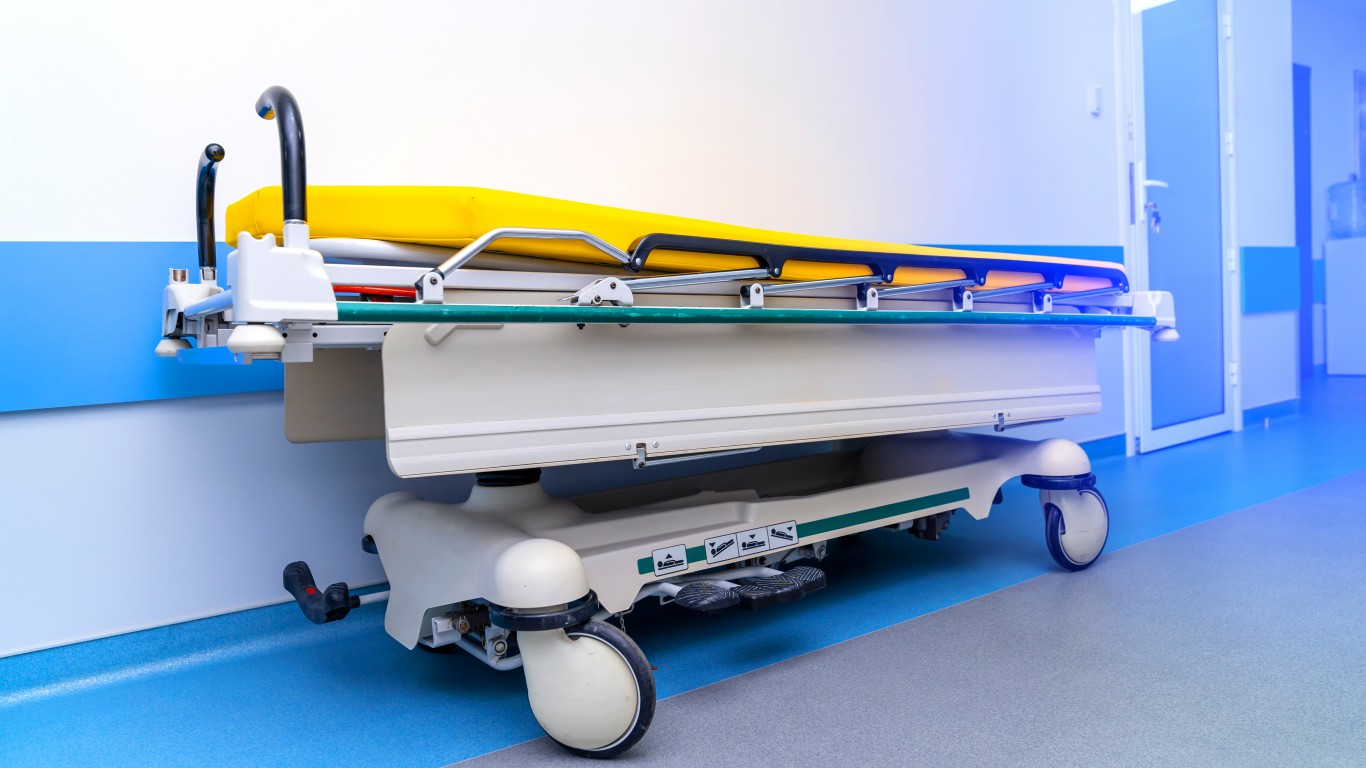
2. Intensivist
> Burnout rate: 56%

1. Emergency physician
> Burnout rate: 60%
100 Million Americans Are Missing This Crucial Retirement Tool
The thought of burdening your family with a financial disaster is most Americans’ nightmare. However, recent studies show that over 100 million Americans still don’t have proper life insurance in the event they pass away.
Life insurance can bring peace of mind – ensuring your loved ones are safeguarded against unforeseen expenses and debts. With premiums often lower than expected and a variety of plans tailored to different life stages and health conditions, securing a policy is more accessible than ever.
A quick, no-obligation quote can provide valuable insight into what’s available and what might best suit your family’s needs. Life insurance is a simple step you can take today to help secure peace of mind for your loved ones tomorrow.
Click here to learn how to get a quote in just a few minutes.
Thank you for reading! Have some feedback for us?
Contact the 24/7 Wall St. editorial team.
 24/7 Wall St.
24/7 Wall St.
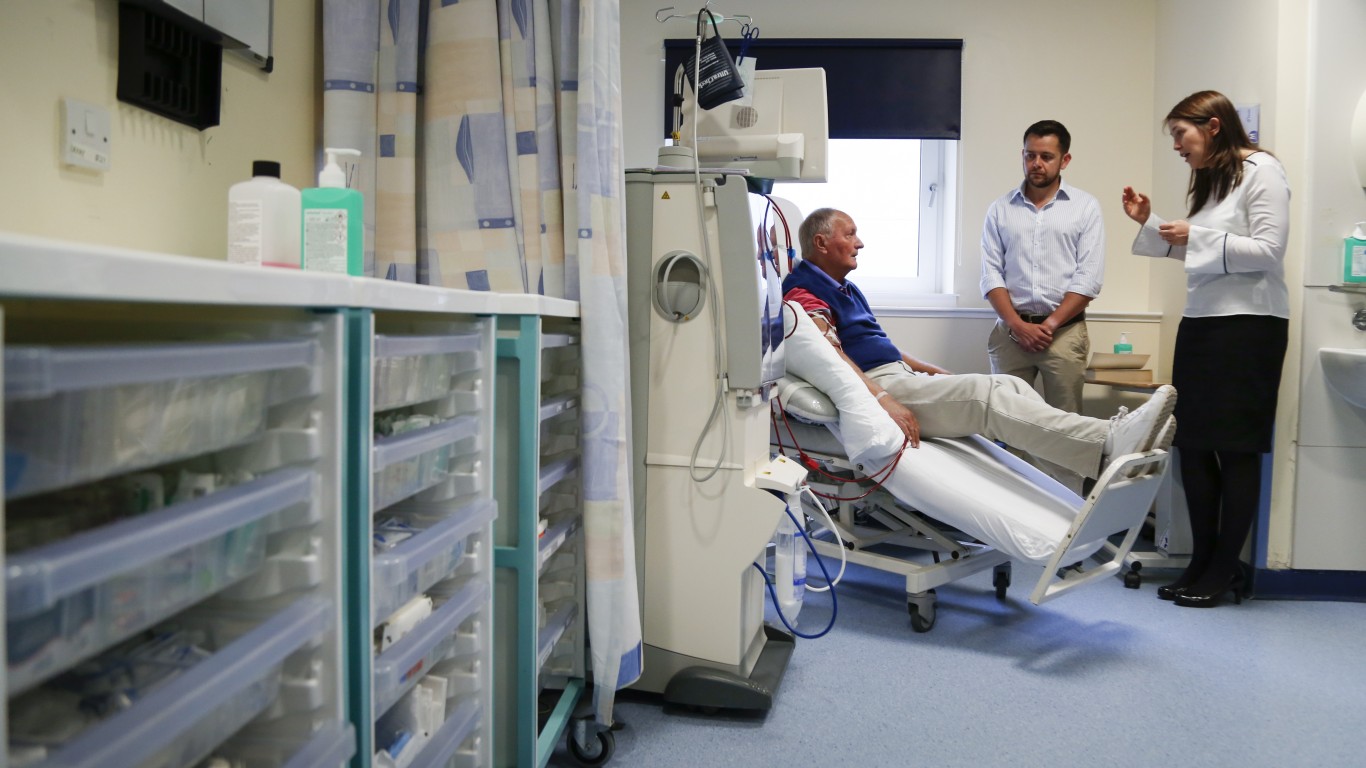
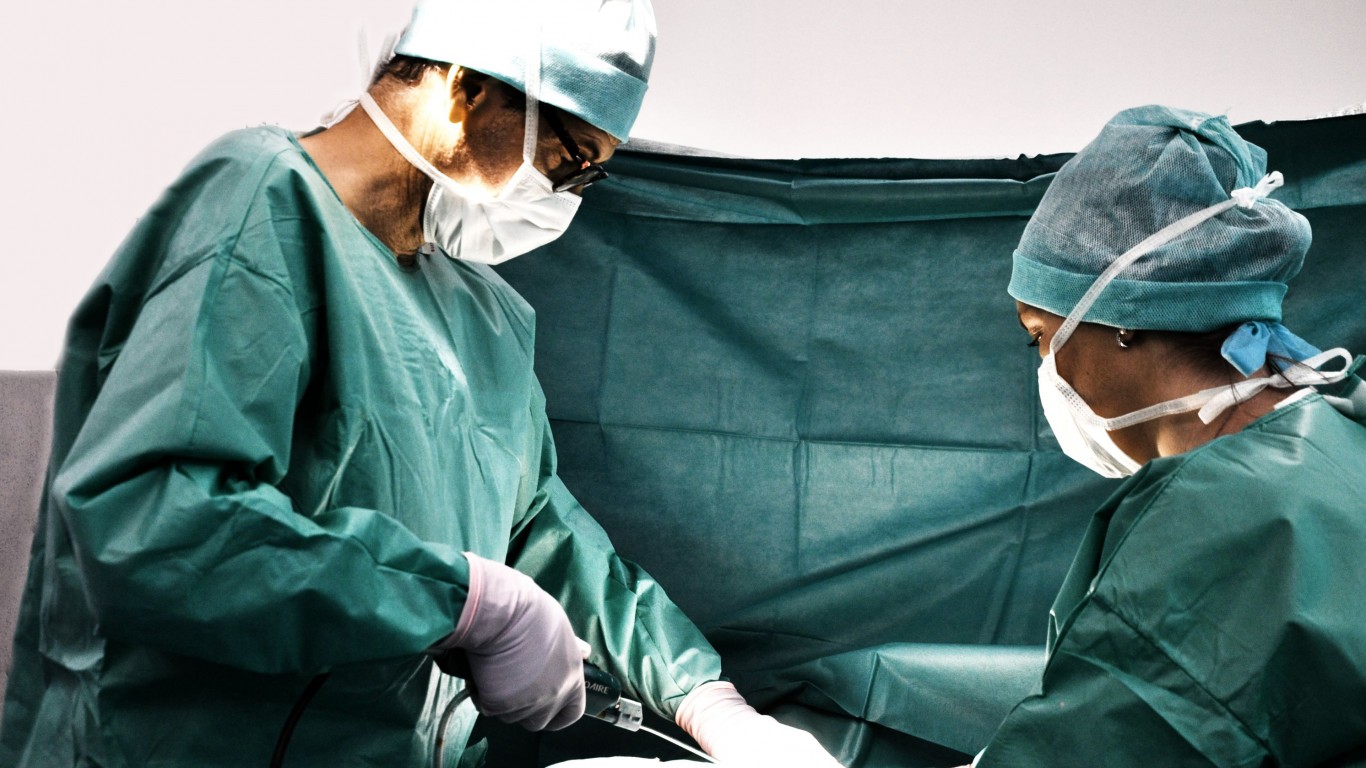
 24/7 Wall St.
24/7 Wall St. 24/7 Wall St.
24/7 Wall St.